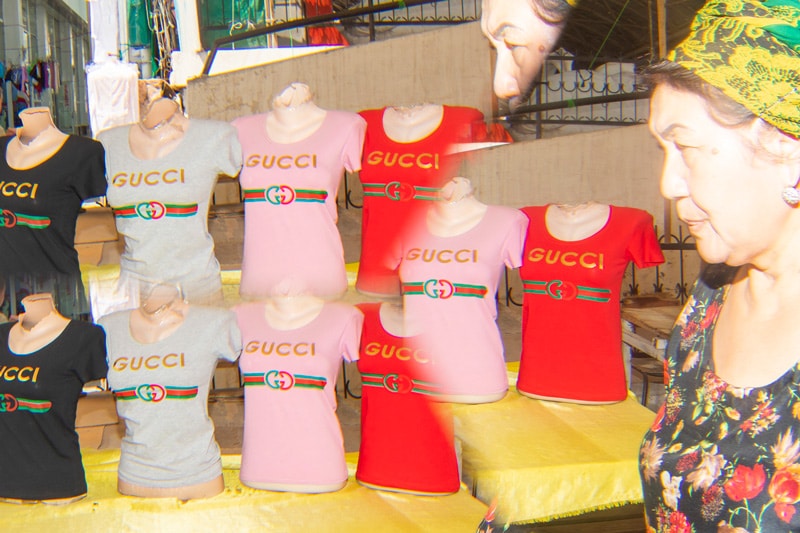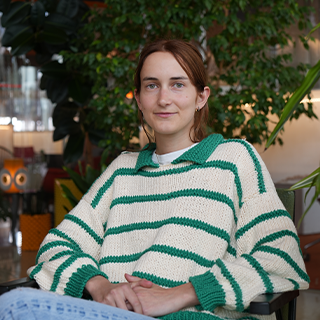Meet the hypebeasts that only buy the best knock-offs
Supreme, Off-White, Balenciaga, Palace, Nike—I could go on and on naming so many brands that have now become most known for their die-hard fans; hypebeasts. A hypebeast is defined by the slang dictionary as “someone who follows trends in fashion, particularly streetwear, for the purpose of making a social statement.” Originally introduced as a derogatory term, it is now a common way of describing this new kind of fashionista.
For most new gens, it’s all about wearing the latest garms, the latest collab—to cop or not? Whatever that means. But when you try to live up to the hype of the term ‘hypebeast’, especially when you’re a teenager, your budget can easily be spent on one pair of trainers. That’s where replicas come in to save the day. Also known as knock-offs or fakes, replicas have become another big part of the fashion industry, one that, until now, was taboo.
FashionReps is the subreddit that might change the way we perceive knock-offs. With 313k ‘RepFam’ worldwide (or members), the community based on the discussion of the replica culture and where to find the best fakes is big, to say the least. The forum contains everything you need to know before buying fakes, from a how-to guide on where to order replicas from, to members sharing videos and pictures of their latest purchases and how legit they look.
So, okay, going online to create a community around knock-offs is not that groundbreaking, but the fact that some of the FashionReps members are actually proud to say it out loud is something new. Screen Shot spoke to Quentin Caruso, one member of the subreddit also known as Tripping on Instagram and YouTube, about the perfect replicas and why there shouldn’t be any shame buying and wearing them.
“Replicas have gone a long way. With almost any products being released by a streetwear or designer brand, there will also be a spot-on replica out on the market about 4 months after. For example, Supreme released Bandana Box Logo hoodies at the beginning of December, and there are already near-perfect replicas out now. This doesn’t just stop with Supreme, Gucci, Louis Vuitton, and Balenciaga replicas will all be replicated to near perfection,” tells us Tripping.

In November 2019, Tripping posted a video on YouTube where he talked about his experience telling his fashion class he owns many fakes. According to Tripping, when he revealed that, his teacher asked him how that made him feel. “I’m fine with it,” he answered—and why shouldn’t he? Well, that’s where the catch is. As much as being honest about not spending ludicrous amounts of money on clothes and taking pride in it should be celebrated, replicas also come with problems of their own.
Counterfeit fashion is an industry that has to operate secretly because, obviously, it is illegal. This means that there’s a complete lack of transparency about the workers making those knock-offs. Are they being paid enough? Probably not. Are they working under good conditions? Most definitely not. Counterfeit fashion also contributes to climate change by using non-sustainable fabrics, but then again, so does Nike and other big fashion brands.
Talking about climate change, Tripping shares that “I’ve never put much thought about climate change when I buy clothes, be that replicas or not. I feel like there are bigger factors that affect climate change.” This is a contrasting answer to the one that Ariele Elia, an assistant curator at the Museum at FIT explained in a Complex documentary about the flourishing bootleg industry, where she said, “One of the worst stories I read was where they had raided an illegal factory and the children were actually handcuffed to the sewing machines.” In other words, yes, there are bigger factors that affect our environment, but counterfeit fashion still plays a big part in climate change.
Climate change and working conditions aside, the question is still here. Why are people buying replicas, and why are they more honest about it? It’s all about keeping your money, even when you’ve just missed the latest drop. “Replicas are cheaper but the same quality. There should be no shame in wearing replicas, people wear them to express their style without spending hundreds on one piece. The replica market and community is growing and growing with many people wanting to buy them. It is only going to get bigger over time,” predicts Tripping.
Whether his prediction will come true or not, we can’t be sure just yet, but the future of counterfeit looks bright. In the meantime, there’s one point everyone will agree on: people who sell replicas as authentics are the worst.






